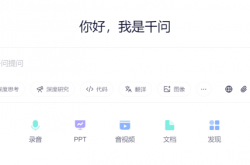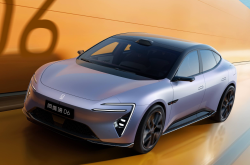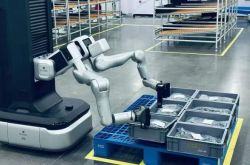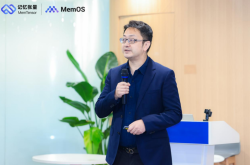Tesla Network in China: Navigating Technological Barriers and Localization Hurdles to Alleviate Traffic Congestion
![]() 06/27 2025
06/27 2025
![]() 838
838
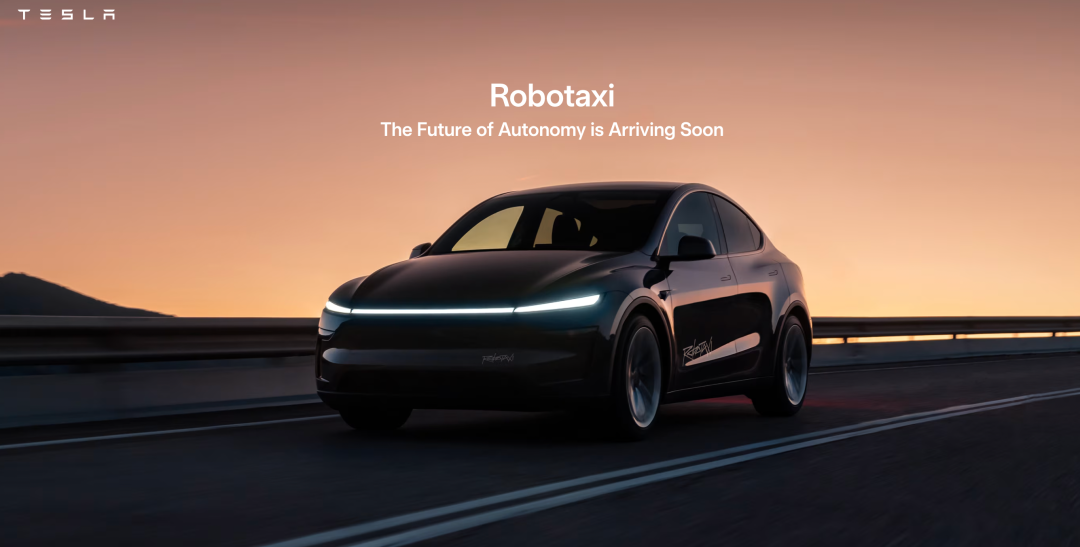 This pilot marks Tesla's first significant step towards commercialization since it unveiled its autonomous driving vision in 2016. The initial fleet of 10 Model Y vehicles, embodying Tesla's years of technological exploration and commercial aspirations in autonomous driving, has commenced operations within a designated area in south-central Austin. With a pricing structure of $4.2 per trip, which appears affordable, Tesla is tentatively entering this burgeoning business model. Notably, all vehicles are equipped with safety officers in the front seats, underscoring Tesla's cautious approach to balancing technological innovation with safety assurances. Upon announcement, this news swiftly garnered substantial attention from the global technology and automotive industries. Will Tesla leverage this service to carve out a niche in the fiercely competitive autonomous taxi market and reshape the industry landscape? Or will it confront numerous challenges and struggle to advance?
This pilot marks Tesla's first significant step towards commercialization since it unveiled its autonomous driving vision in 2016. The initial fleet of 10 Model Y vehicles, embodying Tesla's years of technological exploration and commercial aspirations in autonomous driving, has commenced operations within a designated area in south-central Austin. With a pricing structure of $4.2 per trip, which appears affordable, Tesla is tentatively entering this burgeoning business model. Notably, all vehicles are equipped with safety officers in the front seats, underscoring Tesla's cautious approach to balancing technological innovation with safety assurances. Upon announcement, this news swiftly garnered substantial attention from the global technology and automotive industries. Will Tesla leverage this service to carve out a niche in the fiercely competitive autonomous taxi market and reshape the industry landscape? Or will it confront numerous challenges and struggle to advance?
The Incompatibility of the American Robotaxi Model
Exploring the Technological Adaptation Gap through Waymo's Collaboration
The American Paradigm and Limitations of Waymo-Uber Collaboration
The collaboration between Waymo and Uber in Atlanta exemplifies the typical operational logic of the American Robotaxi model: relying on individual vehicle intelligence combined with small-scale scenario coverage (a 65 square mile service area), with transport capacity scheduling managed through ride-hailing platforms. However, significant shortcomings exist in its technological approach: vehicles are limited to urban low-speed roads and cannot handle complex scenarios such as highways, and they rely on pre-scanned high-precision maps, lacking adaptability to dynamic traffic environments. Essentially, this model constitutes a closed system of "individual vehicle intelligence + localized data," in stark contrast to China's "vehicle-road-cloud integration" approach.
Technical Genetic Defects of the Tesla Network
1. The Critical Dependency on Starlink
Tesla's Tesla Network operations in the US heavily rely on Starlink satellite communications, but China mandates localized storage of autonomous driving data. Additionally, installing Starlink equipment necessitates overcoming building obstruction limits, making it infeasible in high-density urban environments. The white paper highlights that China's vehicle-road collaboration system employs a 5G-V2X + edge computing architecture, with data transmission latency controllable within 10ms, whereas Starlink communication latency ranges from 50-200ms, unable to meet the real-time requirements of autonomous driving.
2. Inherent Flaws in Perception Architecture
Tesla's FSD solely depends on on-board cameras and millimeter-wave radars, with a perception range limited to 200 meters, inadequate for handling long-tail scenarios like "ghost probes" and "detouring construction zones" in Chinese cities. In contrast, China's self-developed MogoMind AI network, leveraging roadside LiDAR, cameras, and V2X Internet of Vehicles, can provide accident early warning from 2 kilometers away. Combined with BEV environmental modeling technology, it enhances complex intersection traffic efficiency by 35%.
China's Transportation Ecosystem
The Decline of Traditional Models and the Realistic Challenges of Robotaxi
The Dual Faces of the Ride-Hailing Market
1. The Survival Crisis of Roaming Taxis
Data from cities like Guangzhou and Shenzhen indicates that in 2024, the average daily revenue per roaming taxi declined by 18.6% year-on-year, with an empty running rate exceeding 40%. The average waiting time for taxis within Beijing's Third Ring Road reached 75 minutes, while high commission rates on ride-hailing platforms resulted in drivers earning less than 200 yuan in net daily income, plunging the industry into a vicious cycle of "high investment, low return."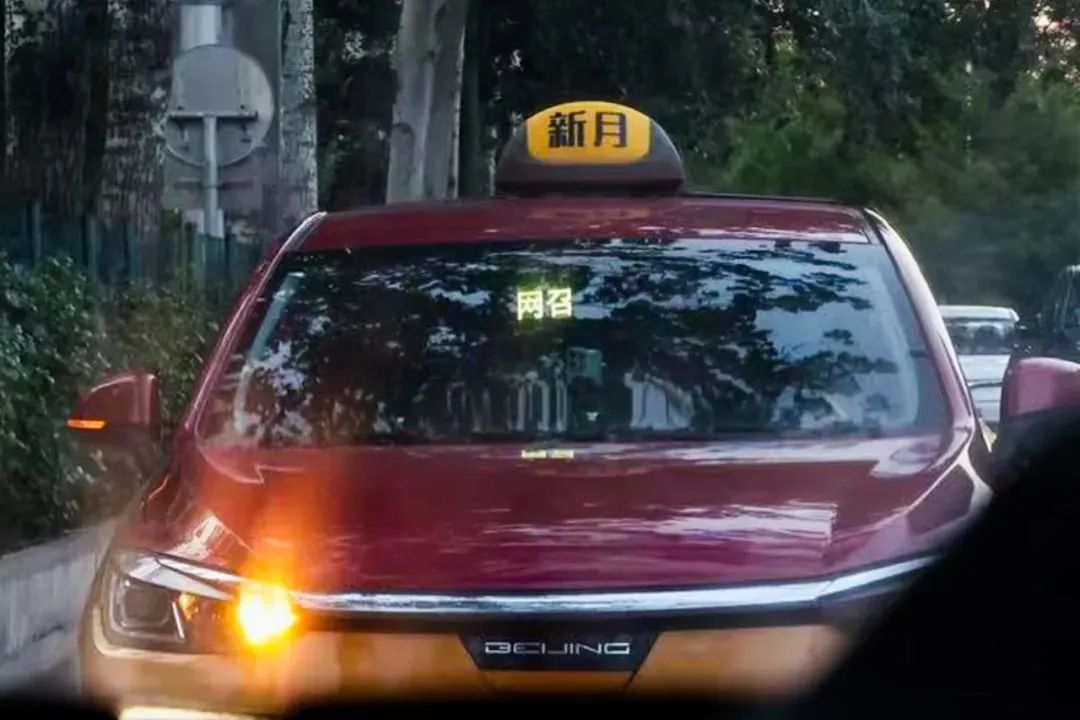
2. The Overcapacity Trap of Ride-Hailing
In third- and fourth-tier cities like Xichang in Sichuan, there are 28 ride-hailing vehicles per 10,000 people, far surpassing first-tier city standards, resulting in an average daily order volume of less than 8 orders per vehicle and a net income of only 6.2 yuan per order for drivers. This "uncontrolled growth" market ecology implies that if Robotaxi simply replicates the ride-hailing model, it will confront the dual challenges of overcapacity and profitability issues.
The Underlying Issues Behind the Ban on Luobo Kuaipao
The Three Critical Flaws of Individual Vehicle Intelligence
1. Remote Perception Blind Spots: Vehicles fail to receive construction warnings beyond 200 meters, leading to insufficient braking distance in emergencies and an emergency braking rate as high as 27%;
2. Long-Tail Scenario Failures: Traffic police gesture recognition accuracy is less than 60%, and pedestrian detection error rates exceed 45% in heavy rain;
3. Lack of Swarm Intelligence: Vehicles cannot share real-time road conditions, with accident response delays exceeding 1.5 seconds in tunnels.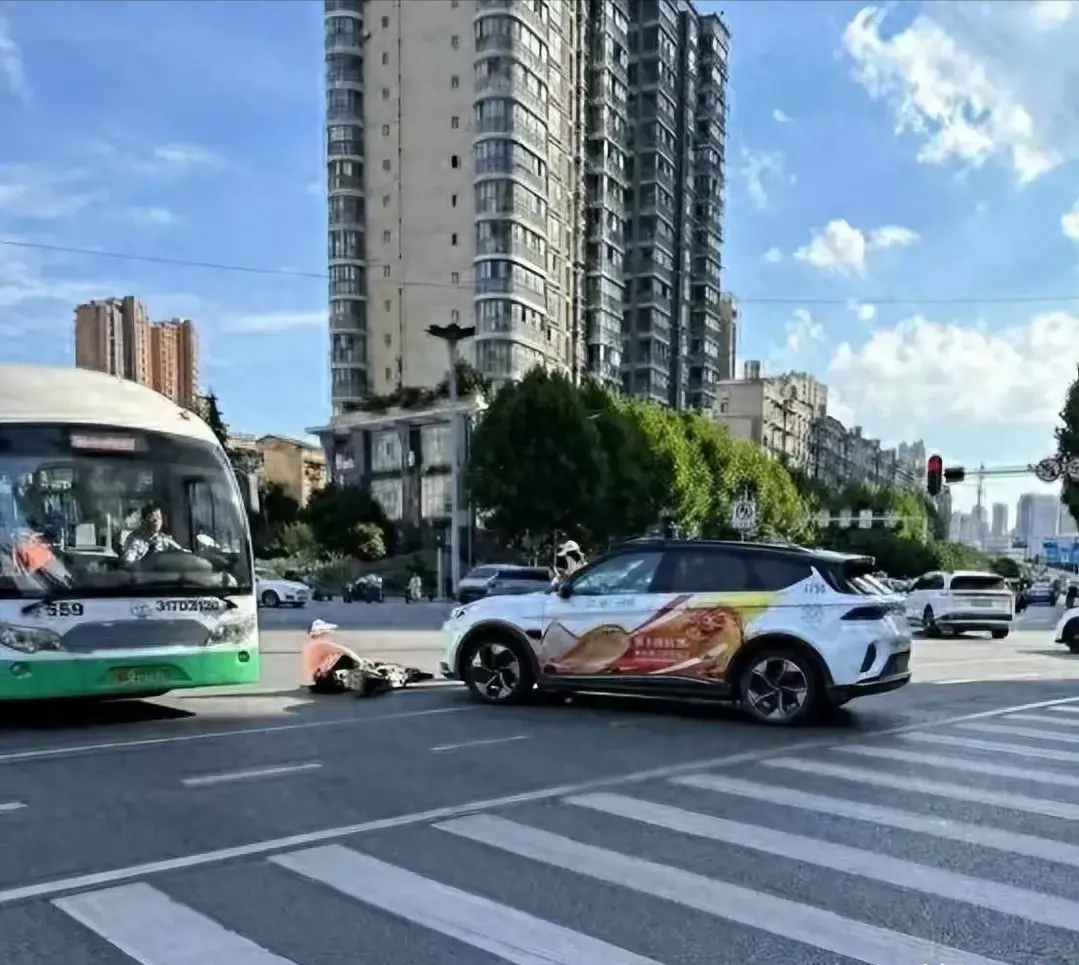
The Chain Reaction of Missing Roadside Facilities
During testing in a certain city, a Robotaxi experienced an 800ms delay in identifying a sudden waterlogged road segment due to the absence of roadside AI base station support, far exceeding the 200ms response standard. China's smart transportation pilot cities have deployed AI digital road base stations, reducing accident warning time to within 200ms, a safety level unattainable by individual vehicle intelligence.
The Path to Breaking the Gridlock for Chinese Robotaxi
The Real-Time Interactive Physical World Driven by AI Networks
Generational Technological Advancements
From "Individual Vehicle Intelligence" to "Global Awareness"
The AI network achieves three-tier breakthroughs through the "end + edge + cloud" architecture:
End Side: On-board AI handles emergency obstacle avoidance;
Road Side: Roadside MEC nodes optimize traffic signal timing;
Cloud Side: Global traffic flow prediction and route planning.
Revolutionary Multimodal Perception Breakthroughs
The BEVFusion large model fuses LiDAR point clouds, camera semantics, and millimeter-wave velocity fields, achieving a segmentation accuracy of 83.2 mIoU on the nuScenes dataset, an improvement of over 20% compared to Tesla's pure vision solution. During pilot testing, this technology enabled vehicles to predict "pedestrians crossing the road" with a lead of over 100 meters, 80 meters more than Waymo.
Large-Scale Deployment of Roadside Infrastructure
The strategic value of AI digital road base stations, integrating LiDAR, 5G-RSU, and edge computing units, boasts three core capabilities:
Omnidirectional Perception: 360-degree obstacle detection with no blind spots, identifying obstacles down to 15 centimeters;
Real-Time Computation: Locally processing 90% of data, reducing cloud transmission pressure;
Vehicle-Road Collaboration: Providing accident warnings 2 kilometers in advance and optimizing route planning.
From "Traffic Management" to "Urban Operating System"
The AI network not only supports autonomous driving but also establishes a city-level intelligent foundation:
Emergency Management: Predicting waterlogged road segments 30 minutes in advance during rainstorm simulations, improving personnel evacuation efficiency by 50%;
Environmental Monitoring: Promoting a 20% increase in the usage rate of new energy vehicles;
Commercial Services: Real-time push notifications for parking lot vacancies and restaurant queuing information, enhancing user decision-making efficiency by 40%.
Industrial Ecosystem Reconstruction: Dual-wheel Drive of Policy and Market
Proactive Policy System Deployment: From local pilots to national standards, China has issued the "Notice on the Pilot Work of Vehicle-Road-Cloud Integration Applications," clearly requiring by 2025:
1. Deployment of intelligent roadside facilities in over 20 pilot cities;
2. "Zero takeover" operations of L4 vehicles in specific areas;
3. Establishment of a unified national standard for vehicle-road collaborative data interaction.
This "policy traction + market drive" model offers more systemic advantages compared to fragmented state-level regulations in the US.
Balancing Data Security and Openness: The "data de-identification + federated learning" solution not only complies with regulations like GDPR/PIPL but also realizes data value mining.
Chinese Innovation in Business Models: Three-dimensional monetization through ToG+ToB+ToC
Government End: SaaS subscriptions for smart transportation platforms;
Enterprise End: AI cognitive enhancement services for automakers;
User End: Real-time traffic search APIs.
Industrial Breakthrough from the Perspective of Technological Sovereignty
While Tesla Network grapples with the challenges of Starlink implementation, China has established a technological moat for autonomous driving through the "AI network + roadside facilities." In the future, China aims to build tens of thousands of AI digital road base stations, covering dozens of cities, forming the world's largest AI network. This "road complementing vehicle" approach not only poses a significant challenge to American individual vehicle intelligence but also pioneers the Chinese paradigm of "intelligent infrastructure driving industrial upgrading." In the next decade, with the continuous evolution of the AI network system and the accumulation of real-time data, China is poised to leap from being a "major automobile manufacturing country" to a "formulator of intelligent transportation rules," securing technological sovereignty in this new industrial revolution of autonomous driving.


